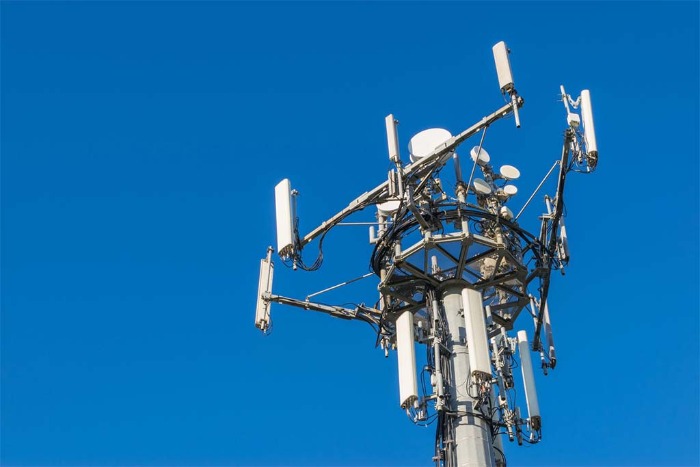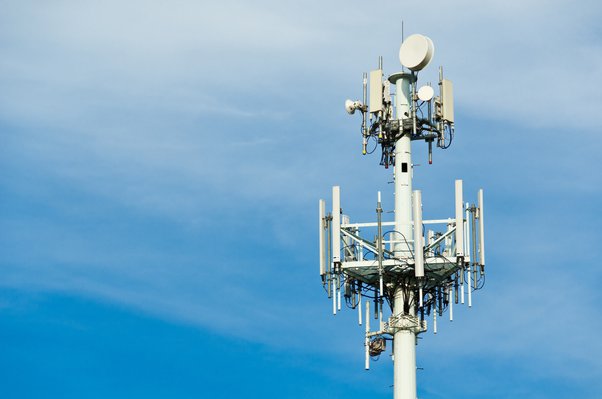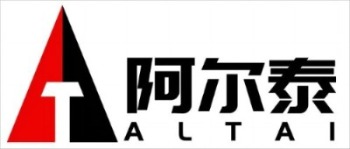The design of antenna loads for telecom steel monopole towers involves critical engineering considerations to ensure structural integrity, stability, and compliance with industry standards. Based on the search results, here's a detailed breakdown of key design factors and specifications:
Monopole towers are typically designed to support antenna loads of up to 500 kg, as specified by manufacturers like Altai Tower Co., Ltd. This includes mounting brackets and platforms for multiple antennas .
The design accounts for dynamic forces such as wind loads (30–50 m/s wind speed resistance) and seismic activity, ensuring stability under extreme conditions .
Steel Grades: High-strength steel grades like Q345B or Q235B are commonly used for their balance of durability and flexibility. These materials ensure the tower can withstand mechanical stress and environmental corrosion.
Polygon Shape: Many monopoles feature a polygonal cross-section (e.g., 12–18 sides) to enhance structural rigidity and reduce wind resistance, optimizing stability in high-wind areas.

Hot-Dip Galvanization: Towers are coated with a minimum 86 µm zinc layer to prevent rust and extend lifespan to 30+ years .
Modular Design: Some manufacturers offer divided or sectional monopoles (e.g., 40m–45m height) for easier installation and scalability, accommodating varying antenna configurations .
Compliance with ISO 9001, CE, and OHSAS 18001 certifications ensures adherence to quality, safety, and environmental standards .
Towers are tested for load-bearing capacity, weld strength, and foundation stability, often using hydraulic universal testing machines and CNC precision tools .
Manufacturers like Altai Tower Co., Ltd. provide 6 antenna brackets and 1 platform per tower, allowing flexibility in mounting equipment .
Custom designs for aesthetic integration (e.g., landscape-friendly monopoles) are available to meet urban planning requirements .

Learn more at www.alttower.com
